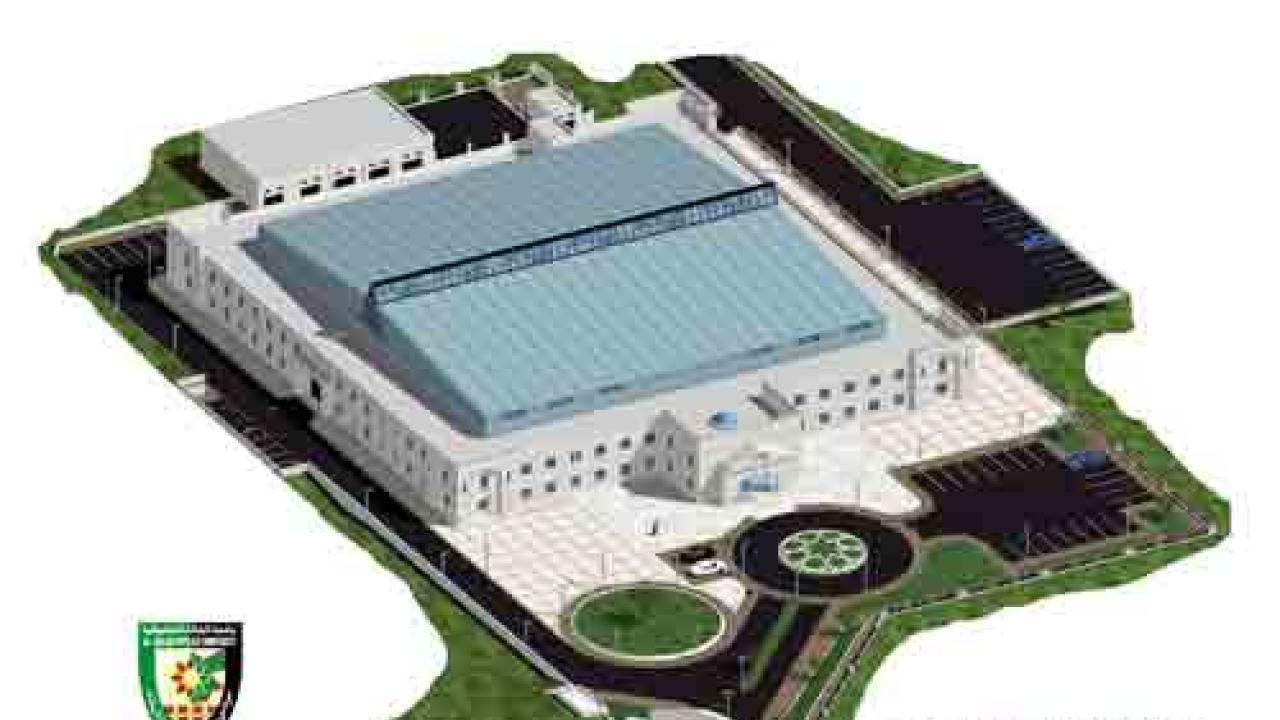
Reflecting its commitment to developing sustainable science,
ICTP recently hosted a meeting devoted to outlining future training
activities for a unique science facility taking shape in
Jordan.
The Synchrotron light for Experimental Science and Applications in
the Middle East (SESAME) facility is a third-generation light
source operating under the auspices of UNESCO. Funded by Bahrain,
Cyprus, Egypt, Iran, Israel, Jordan, Pakistan, Palestine Authority
and Turkey, it will serve as an international laboratory for
scientists from the region. The facility aims to be fully
operational by 2015.
Synchrotron light is used to study matter on scales ranging from
biological cells to atoms, using radiation from the infrared to
X-rays. It has had an immense impact in archaeology, biology,
chemistry, environmental science, geology, medicine and
physics.
According to SESAME Scientific Director Hafeez Hoorani, many
synchrotron facilities in Europe, USA, South America and Japan have
offered help and support in terms of technical assistance, donation
of equipment and capacity building efforts for the Jordan
facility.
SESAME committee members from Japan, Turkey, Switzerland,
Pakistan, Egypt, Italy, Iran and USA attended the ICTP meeting,
where many aspects of training were discussed. The process of
training scientists and engineers from the Middle East in the uses
of synchrotron radiation and the relevant accelerator technology is
well under way, thanks to efforts by ICTP and other international
institutes. ICTP provides opportunities for Middle Eastern
scientists and engineers to spend several months at similar
facilities in Europe.
















